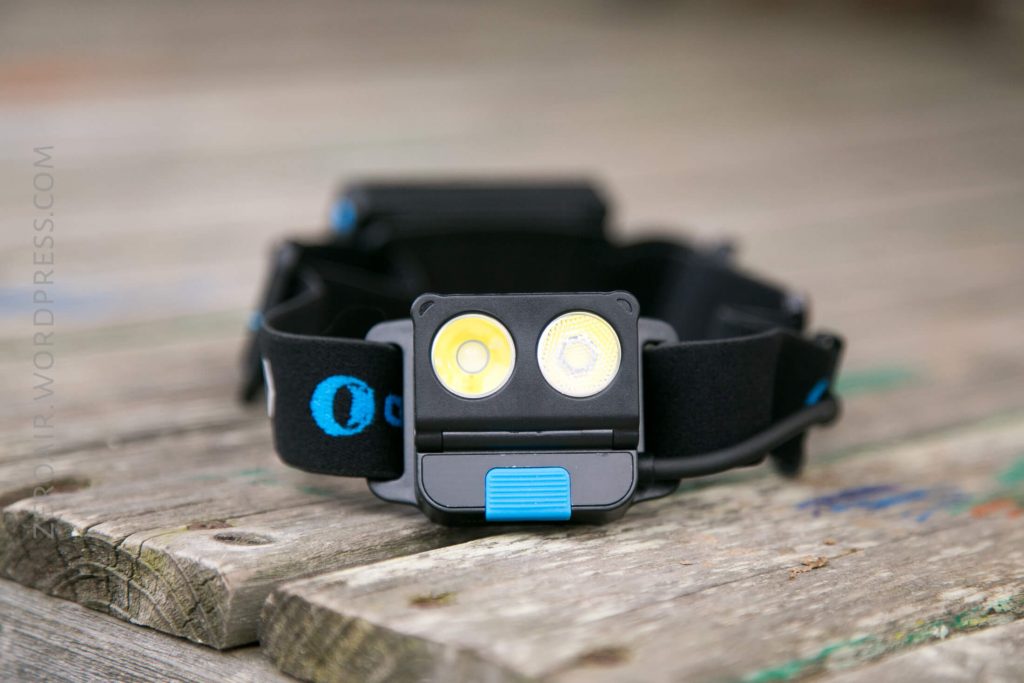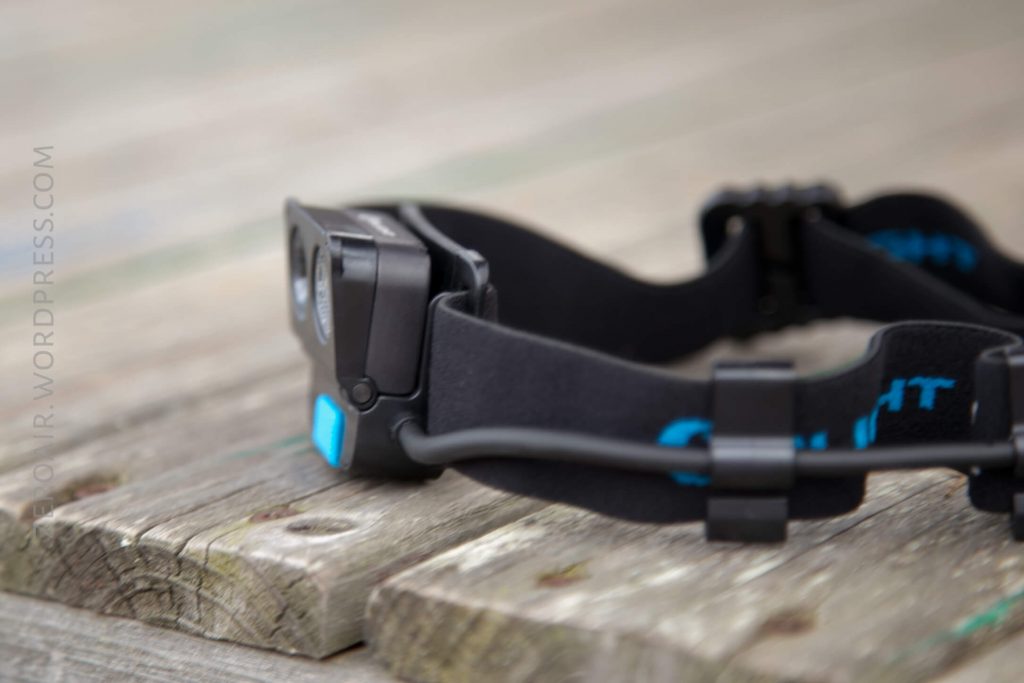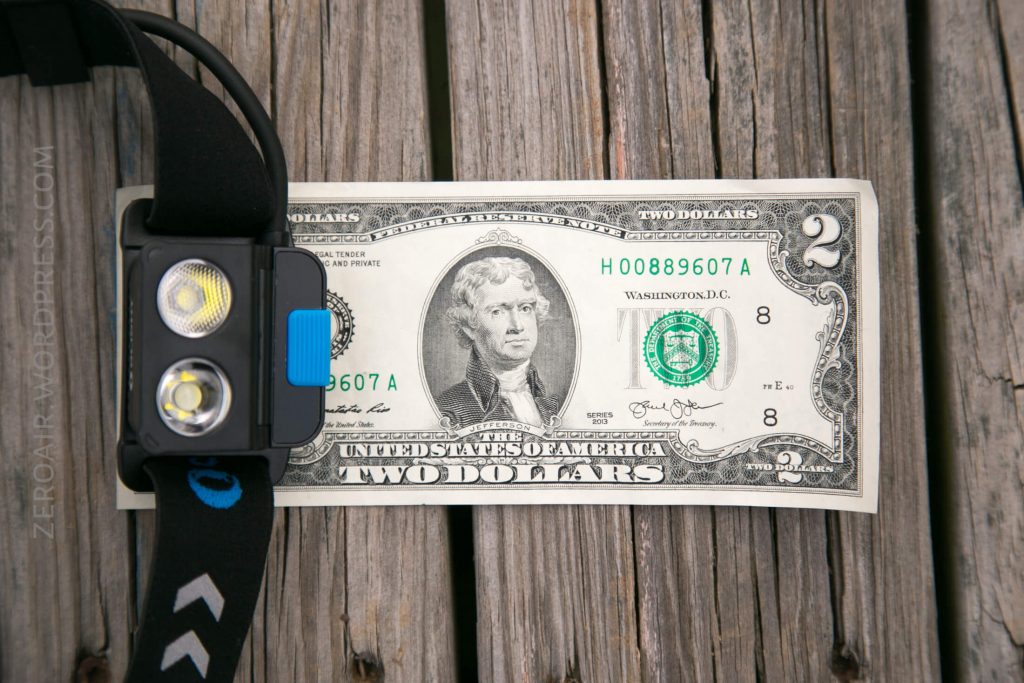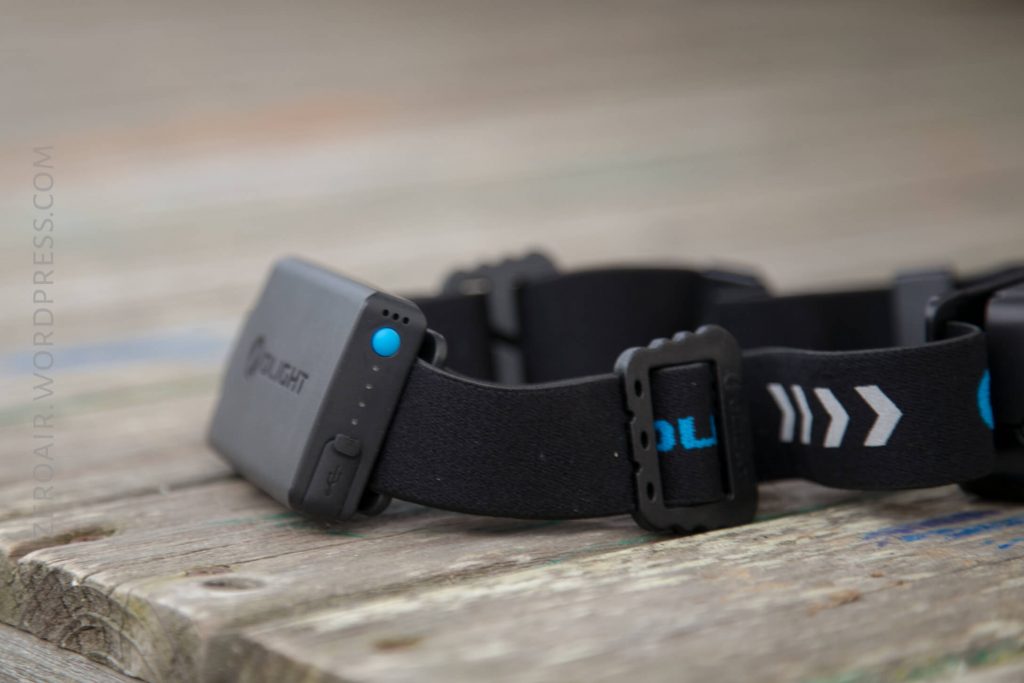Olight H16 Wave Headlamp Review
The Olight H16 Wave headlamp offers a hands-free option for control, which is a rare feature in flashlights. Read on for testing!
Official Specs and Features
Here’s a link to the Olight H16 Wave Headlamp product page.
Versions
There’s only one version of this light, at this time.
Price
MRSP for this light is $59.99.
Short Review
A nice entry into the headlamp category, leveraging the cell, and most of the package too, from the H2S. The wave user interface is a bit gimmicky for me but it could be very useful to some users.
Long Review
The Big Table
| Olight H16 Wave | |
|---|---|
| Emitter: | Cree XP-G3 x2 |
| Price in USD at publication time: | $59.99 |
| Cell: | Internal |
| Turbo Runtime | |
| LVP? | Beep warning |
| Switch Type: | E-Switch |
| Quiescent Current (A): | ? |
| On-Board Charging? | Yes |
| Chargetime | |
| Power off Charge Port with no Cell? | ? |
| Claimed Lumens (lm) | 500 |
| Claimed Throw (m) | 100 |
| Candela (Calculated) in cd (at 30s) | 180lux @ 3.905m = 2745cd |
| Throw (Calculated) (m) | 104.8 (104.8% of claim)^ |
| All my Olight reviews! | |
^ Measurement disclaimer: Testing flashlights is my hobby. I use hobbyist-level equipment for testing, including some I made myself. Try not to get buried in the details of manufacturer specifications versus measurements recorded here; A certain amount of difference (say, 10 or 15%) is perfectly reasonable.
What’s Included

- Olight H16 Wave Headlamp
- Internal cell (built onto the headstrap)
- Charge cable
- Manual
Package and Manual
This Olight has the same packaging as the recently reviewed M2T. A tamper-evident, tear strip white box, with a nice product photo, and a reasonable amount of data on the back of the package.
The top of the box is serialized, as is the light.
The light and goods are in a plastic tray, very secure.

Here’s a pdf of the manual. The manual is exactly like all other Olight manuals and covers the product fairly well.
Build Quality and Disassembly
This light is built much like the HS2. Sturdy headband, with a thick cable connecting the light to the battery. The head/emitter housing of the H16 Wave is plastic and doesn’t feel quite as sturdy as the HS2.

The head pivots around 45 degrees from vertical. It stays in this position snugly, too.
The strap has adjustments and is a very comfortable (stretchy/soft) strap. It’s also reflective!

The cable connecting the light to the battery has a large section of springy coil, so if the band must be lengthened for larger heads, there should be plenty of cable.

There’s a soft rubber piece where the battery interfaces with one’s head. This makes for a secure fit and remains comfortable.

Size
Officially Weight 115g, Length 58mm, Head Diameter 24mm, Body Diameter 38mm.
It’s hard to get a fix on good ways to size a light like this. It’s as big as it needs to be, and the head maybe a little bigger. It does wear well, though.
Retention
Just the headstrap for retention on this light. It’s 100% a headlamp and will live its entire life on this headstrap.
Power
Olight includes the same cell and package on the H16 Wave as is on the HS2. This is a slim cell, in a package with a button for activating a ‘remaining power’ indicator. It’s hard-wired to the cable that attaches to the light (which is also hard-wired).

The battery has 4 blue LEDs for displaying power. All four lit means fully charged.
I tested High mode on this light. The output stays on High for a reasonable amount of time, with a dip at 5 minutes down to 90%. Then the output stays at some level of well above medium (claimed 350 lumens [medium is 100 lumens]), until the battery is around 10% capacity. At this point, the battery pack beeps vigorously. At around 90 minutes into the test, I reset the light to see how high responded. High will come back, but not to “100%” output. However, the light does seem to still want to do High for the 5 minutes (per the manual), with no regard to the temperature (which was up to 48C when I stopped the test.) When I stopped the test, the battery pack was beeping constantly.

Charging
With the internal cell, onboard charging is a requirement. This light has that via micro-USB.

Olight includes a cable for charging.

Charging proceeds as follows. It’s a fairly standard Li-Ion CC/CV charge graph, with a capacity of around 1.75Ah. Lower than quoted. The HS2 tested at 2000mAh capacity twice, so it’s possible this cell wasn’t completely drained, or that the cell is lower capacity. The two look the same on the outside, so I’d suspect the former over the latter.

User Interface and Operation
On the H16 Wave, there’s just one switch. It’s a big blue switch on the bottom of the light. There’s also the namesake feature, the Wave. Once activated, a wave will turn the light off and on.
The user interface is very simple. From off, click the switch for High. Subsequent clicks get Medium, then Low, then Off.
The Wave feature is off by default. When the light is on, hold the button to turn the Wave feature on (or off). When the light blinks, Wave is iterated (on or off).
When Wave is active, simply waving one’s hand in front of the light will turn the light off or on. I’ve found this feature to be very sensitive, and work quite well. Also when Wave is active, the blue button on the front is lit blue.
Modes can’t be changed via the wave feature; that must be done with the button manually. The power will completely shut down automatically if there is no further operation within 1 hour.

Modes
| Mode | Mode Claimed Output (lm) | Claimed Runtime | Mode Measured Lux |
|---|---|---|---|
| High | 500/350 | 5m/120m | 10130 |
| Medium | 100 | 9h30m | 2110 |
| Low | 5 | 160h | 100 |
LED and Beam
In the H16 Wave are two Cree XP-G3 emitters. They’re behind different types of TIR; one smooth, and one dimpled. This is just to change the beam profile overall, not for use individually. By that, I mean that these emitters can’t be operated independently.
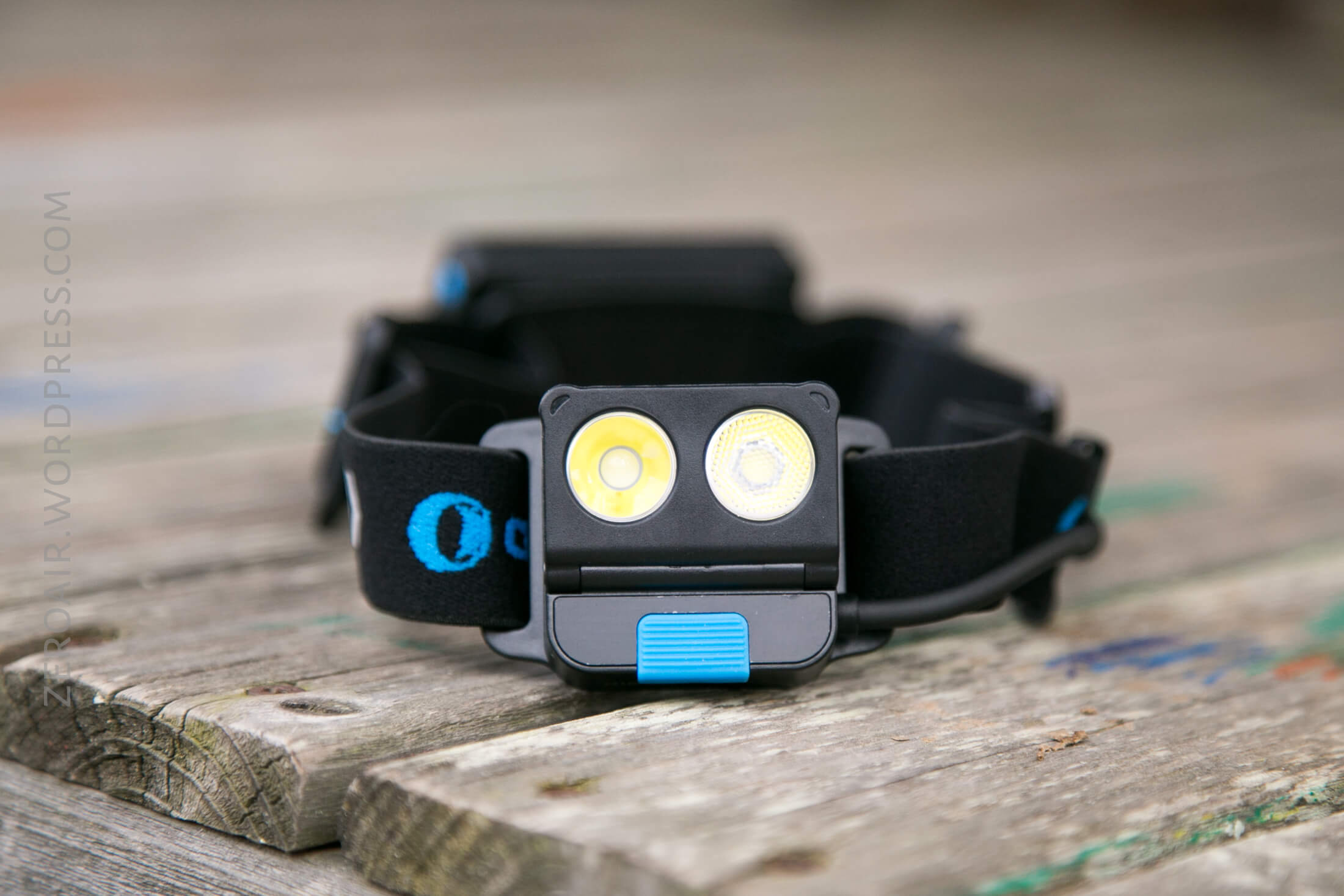

The beam profile is round, with a center very-hotspot, of unfortunate tint (blueish). The shape is good, though.
Beamshots
These beamshots always have the following settings: f8, ISO100, 0.3s shutter, and manual 5000K exposure. These photos are taken at floor level, and the beam hits the ceiling around 9 feet away.
Tint vs BLF-348 (KillzoneFlashlights.com 219b version) (affiliate link)
I keep the test flashlight on the left and the BLF-348 reference flashlight on the right.

Random Comparisons and Competitive Options
Here’s a relevantly filtered page on parametrek.com. There are only a few headlamps on the market now with XP-G3 emitters. The most compelling is the Fenix HL32R, with just one XP-G3 and some prominent buttons on the top.
Conclusion
What I like
- Very comfortable headband
- Balanced configuration with the battery right on the back of the head
- Wave feature is neat and also works quite well
- Reminds me of Rodney Copperbottom
What I don’t like
- Tint of XP-G3
- Can’t use emitters independently (though, on other lights with this feature, I haven’t loved it? this might not be a con really.)
- Wave can’t change modes.
Notes
- This light was provided by Olight for review. I was not paid to write this review.
- This content originally appeared at zeroair.org. Please visit there for the best experience!
- For flashlight-related patches, stickers, and gear, head over to PhotonPhreaks.com!
- Use my amazon.com referral link if you’re willing to help support making more reviews like this one!
- Please support me on Patreon! I deeply appreciate your support!

